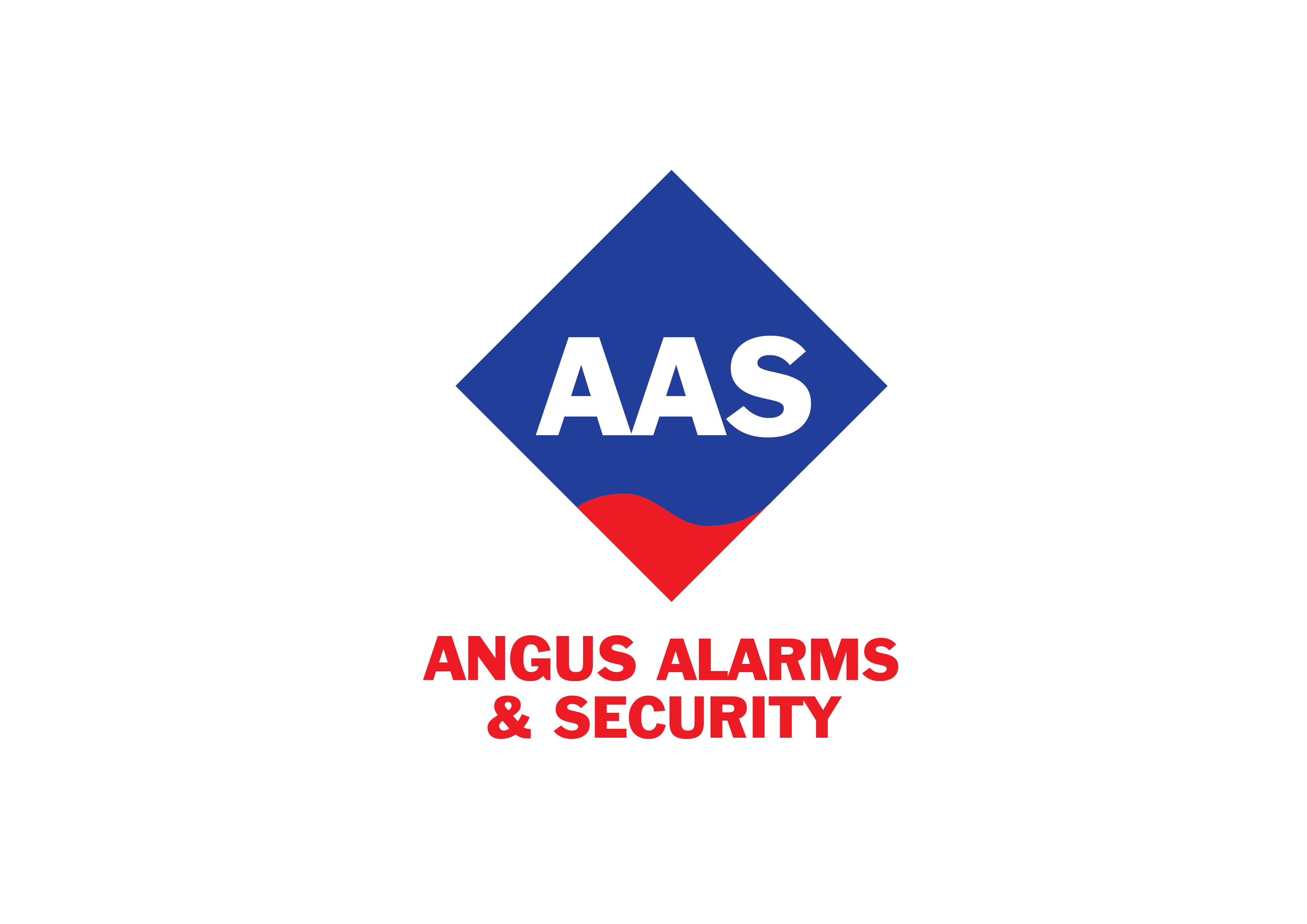BS5839 Fire Alarm System Category Guide
The British Standard splits fire alarm system designs into different classifications of system. This guide looks at the different types of fire alarm system classifications for Public, Commercial and Industrial buildings.BS5839 Splits fire alarm systems into 3 categories. These 3 categories are Category P Systems, Category L Systems and Category M Systems. Please find following a description of these categories.
All the systems described below are expected to have manual call points on all final exits, entrances to stairwells and corridors where persons are not expected to walk more than 45 metres to operate a call point.
Category P Fire Alarm Systems
BS5839 Category P Fire Alarm Systems are designed specifically for protection of property only. Category P systems are split into 2 classifications P1 or P2.The main objective of a Category P1 fire alarm system is to provide the earliest possible warning of a fire to minimise the time between ignition and the arrival of the fire fighters.
The difference between a P1 and a P2 system is that a P1 system is designed to protect the whole building, whereas a P2 system is installed in defined parts of the building only. These defined parts of the building may be areas with an extraordinary high fire risk or hazard.
Category L Fire Alarm Systems
The main objective BS5839 Category L Fire Alarm System is life protection. These systems are split into 5 classifications L1, L2, L3, L4 and L5.
BS5839 Classification L1 Explanation
A BS5839 L1 classification includes automatic fire detection in all rooms, on all escape routes and in all voids over 800mm in height. Sounders positioned throughout the building to achieve a minimum of 65dB(A) throughout the building and 75dB(A) at bedhead where there is a sleeping risk. In areas of high ambient noise sound levels the fire alarm sound levels should be 5dB(A) above the normal noise level although not exceeding 120dB(A).
BS5839 Classification L2 Explanation
A BS5839 Classification L2 System should include automatic fire detection on all escape routes and rooms leading onto escape routes. An L2 system can also include additional areas deemed as a high risk not included in the escape routes and adjoining rooms, such as boiler houses. The sounders in the building should be according to the description in the BS5839 Category L1 description as above.
BS5839 Classification L3 System Explanation
A BS5839 Classification L3 system is very similar to a category L2 system in that automatic fire detection should be positioned on escape routes and adjoining rooms, although it does not have to include for additional areas deemed to have a high fire risk. The sounders in the building should be according to the description in the BS5839 Category L1 description as above.
BS5839 Classification L4 System Explanation
A BS5839 Classification L4 system includes automatic fire detection on escape routes only, and not in the adjoining rooms as per the L2 and L3 classifications. The sounders in the building should be according to the description in the BS5839 Category L1 description as above.
BS5839 Classification L5 System Explanation
A BS5839 Classification L5 System is designed for buildings that have a particular fire risk identified which warrants some special attention. For example if there is an area of high fire risk which is considered worthy of having some automatic detection but a manual system is also needed, then this will be termed as L5/M. The sounders in the building should be according to the description in the BS5839 Category L1 description as above.
Category M Fire Alarm Systems
A BS5839 Category M Fire Alarm System is a manual operation only system which has callpoints on all exits as well as corridors where persons are not expected to walk any more than 45m to operate one.
